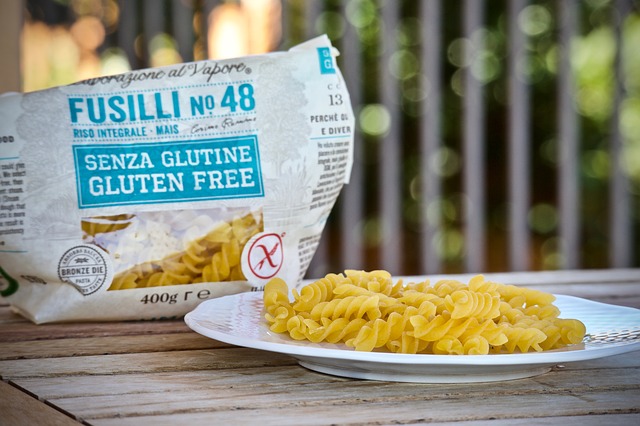All fields are required
Posted in Food Safety on August 11, 2018

Many people believe that knowing is half the battle. This is true when it comes to most things in life, and apparently, this applies when purchasing foods that feature labels stating that the food contains genetically modified products or GMOs.
When people noticed these labels on their food purchases, they were 19% less opposed to the idea of GMO foods than those who did not notice the label. Many states worried that adding these labels would cause consumers to stop buying products because the idea of GMO based foods seemed so foreign. Honestly, it scared even consumers like myself.
Vermont became the test subject in a study to add the labels to foods – which is now a national standard. It turns out that people were not as afraid as everyone thought they would be. Consumers truly just wanted to know what was in their food, regardless if it was genetically modified or not. These labels also give people a choice in what they want to purchase because if they see the label and know that their food contains GMOs, then they can choose something else.
Nationally, the mandatory GMO labeling laws started in 2016, but there was a questioning phase and for awhile the labels were not found very often. There is now some flexibility in the verbiage for the term GMO – which can now be called “bioengineered” removing the term genetically modified which consumers have come to know as a household term.
According to the Washington Post in an article earlier this year, food companies will have three options for disclosing the ingredients, the USDA said: a one-sentence label declaration, such as “contains a bioengineered food ingredient”; a standardized icon, such as the one used in the National Organic Program; or a QR code or other digital marker that directs shoppers to a website for more information. In a statement, the Grocery Manufacturers Association praised the flexible standard, pointing out that it has already put QR codes on 25,000 products through its SmartLabel program.
The SmartLabel program is great for those who have access to technology, such as the younger generations. There is a simple app that can be added and downloaded to any smartphone, and one can instantly find out the ingredients included in that particular food item. There is a search feature on their website as well which is really easy to use. This gives even more access to finding out what is in our foods.
What is a GMO?
The term GMO is something that I am fairly new to hearing. We lived on a lot of “farm foods” growing up and because of that a lot of things were not purchased in stores. When I first heard the term GMO, it was several years ago, and I honestly got the picture in my mind of a person sitting in front of a microscope and checking out how they could alter the main parts of foods. I had to check out more and know exactly what they were. I was led to a website online called GMO Answers and it was so helpful:
GMOs are created to achieve a desired trait, such as tolerance to drought conditions or enhanced nutritional content. The 10 commercially available genetically modified crops were created for:
I also learned that genetic engineering or biotechnology allows traits that are performing well such as insect resistance to be transferred from one plant to another that needs to improve in that area or to even make a change to the existing plant.
At the end of the day knowledge is power and with all of the knowledge that we are constantly surrounded with knowing our food ingredients and how the foods are grown and created can be a really helpful tool. I feel better knowing that companies are legally required to disclose to us if something contains either GMO or biotechnology to create some of our favorites and while it may not be the ideal way of food for some people, I feel that there is a lot to be said for a simple disclosure. With said disclosure people can make choices they feel are best for their own families instead of being left in the dark not knowing because of a lack of label.
I now have several foods I want to look up using the SmartLabel program to delve deeper into what we are consuming in our household. The curiosity is definitely getting the better of me and I just want to know more about our favorite food products including cereals and snacks.
By: Samantha Cooper, Contributing Writer (Non-Lawyer)